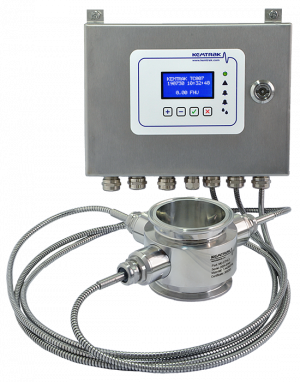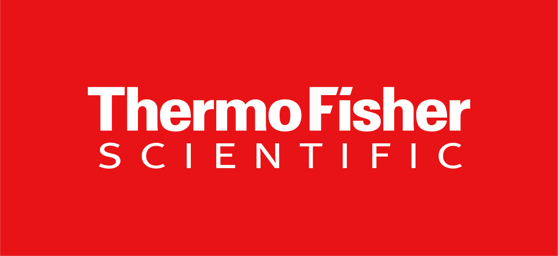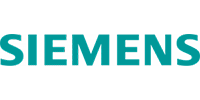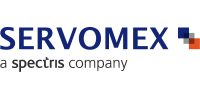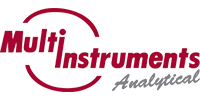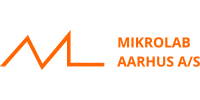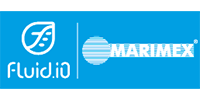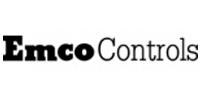Turbidity measurement
In our turbidity measurement category, we offer solutions optimised to measure and monitor the particle content of liquids with high precision. Our turbidity meters are especially suited for applications in water treatment, breweries, food production and process industries where it is crucial to ensure liquid quality. The products are equipped with robust optical systems that deliver accurate measurements even under challenging conditions, making it possible to monitor and control processes to achieve the highest possible efficiency and quality.
- System Solutions
- Gas Analysis
- Liquid Analysis
- Flowmeters
- Pressure Gauges
- Level Gauges
- Temperature Gauges
- Laboratory Analysis
- Data Loggers
- Regulators
More information
What is turbidity measurement?
Turbidity describes how cloudy a water sample is - that is, how much light is scattered or absorbed by suspended particles. The more and/or larger the particles, the higher the turbidity. For drinking water, turbidity is used as a quick indicator of filtration efficiency and whether pathogens may be present.
Basic measurement principles
- Nephelometry - The instrument measures light scattered 90° from the incident beam. High sensitivity (< 1 NTU) makes the method optimal for drinking water.
- Turbidimetry (transmission) - measures the attenuation of light straight through the sample and handles high turbidity better (sludge, sewage).
Both methods are regulated in ISO 7027-1:2016 specifying calibration with formazin standards and describing sample handling
Measurement practice for turbidity measurement
- Calibrate regularly with fresh formazin standards (0-800 NTU).
- Clean the cuvette glass and use silicone oil to avoid scratches that affect light diffusion.
- Avoid bubbles - turn the sample slowly or degas slightly.
- Measure within 30 min after sampling so that particles do not settle.
- Document temperature; some instruments automatically compensate for temp-dependent viscosity.

